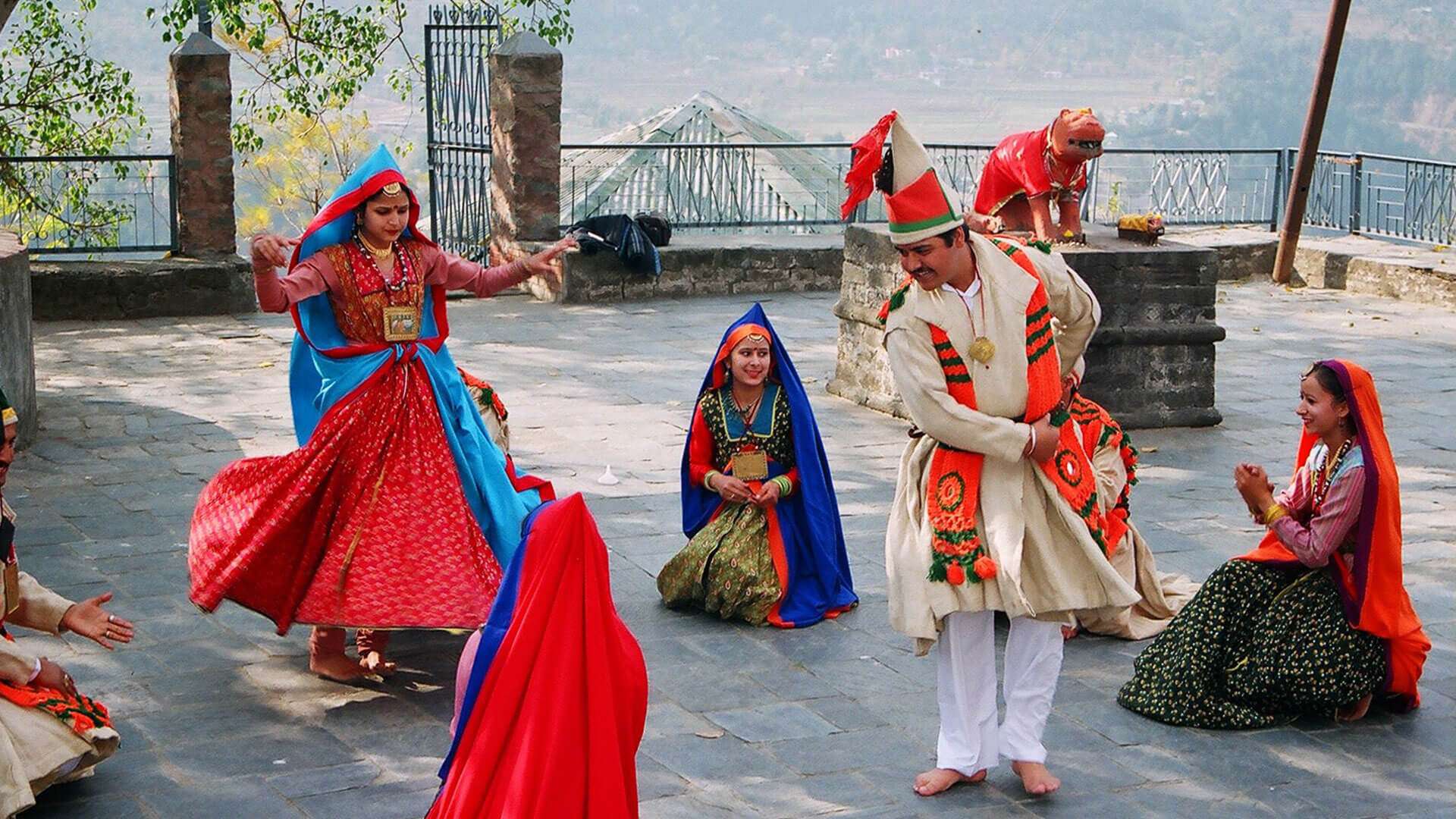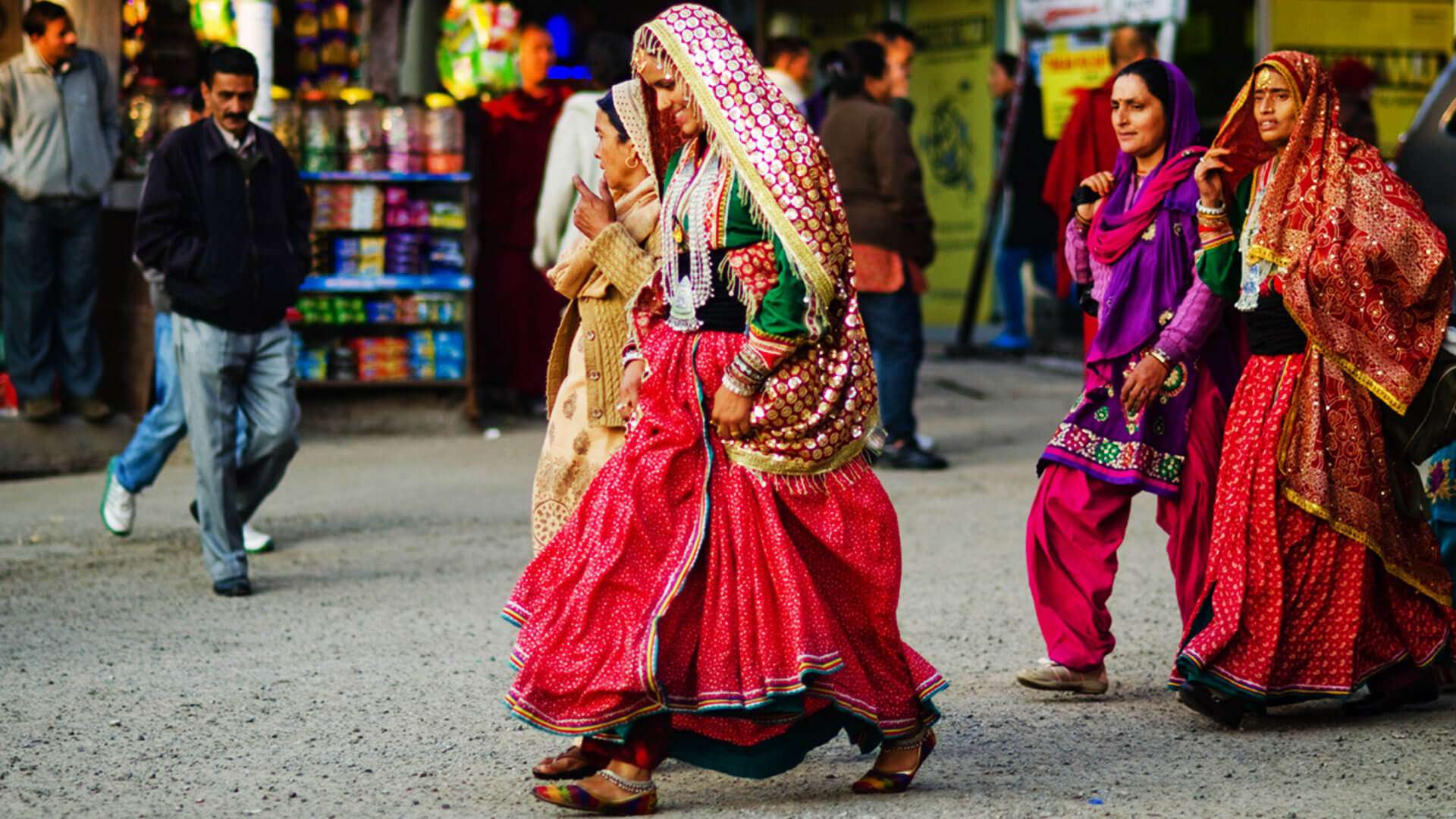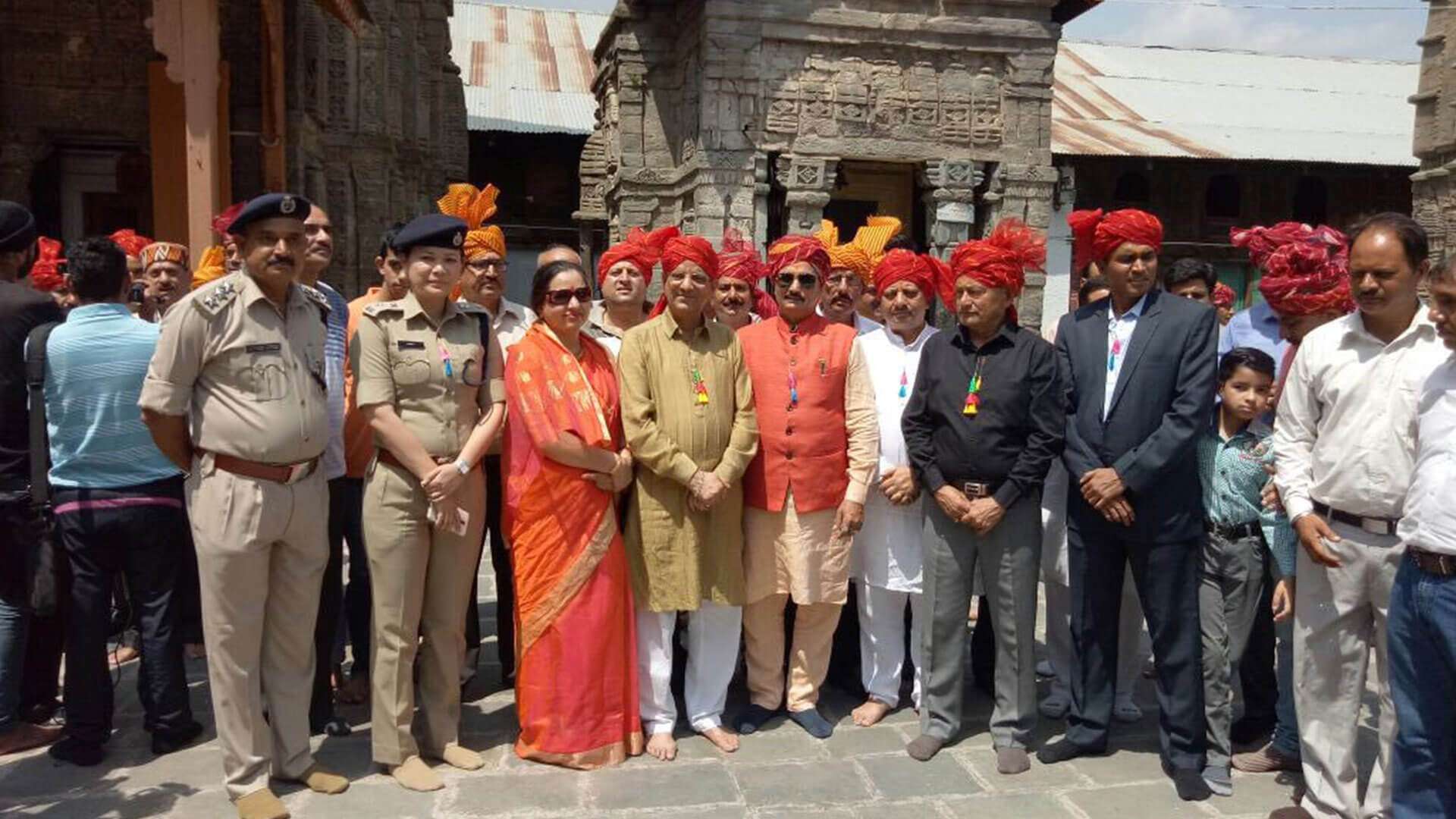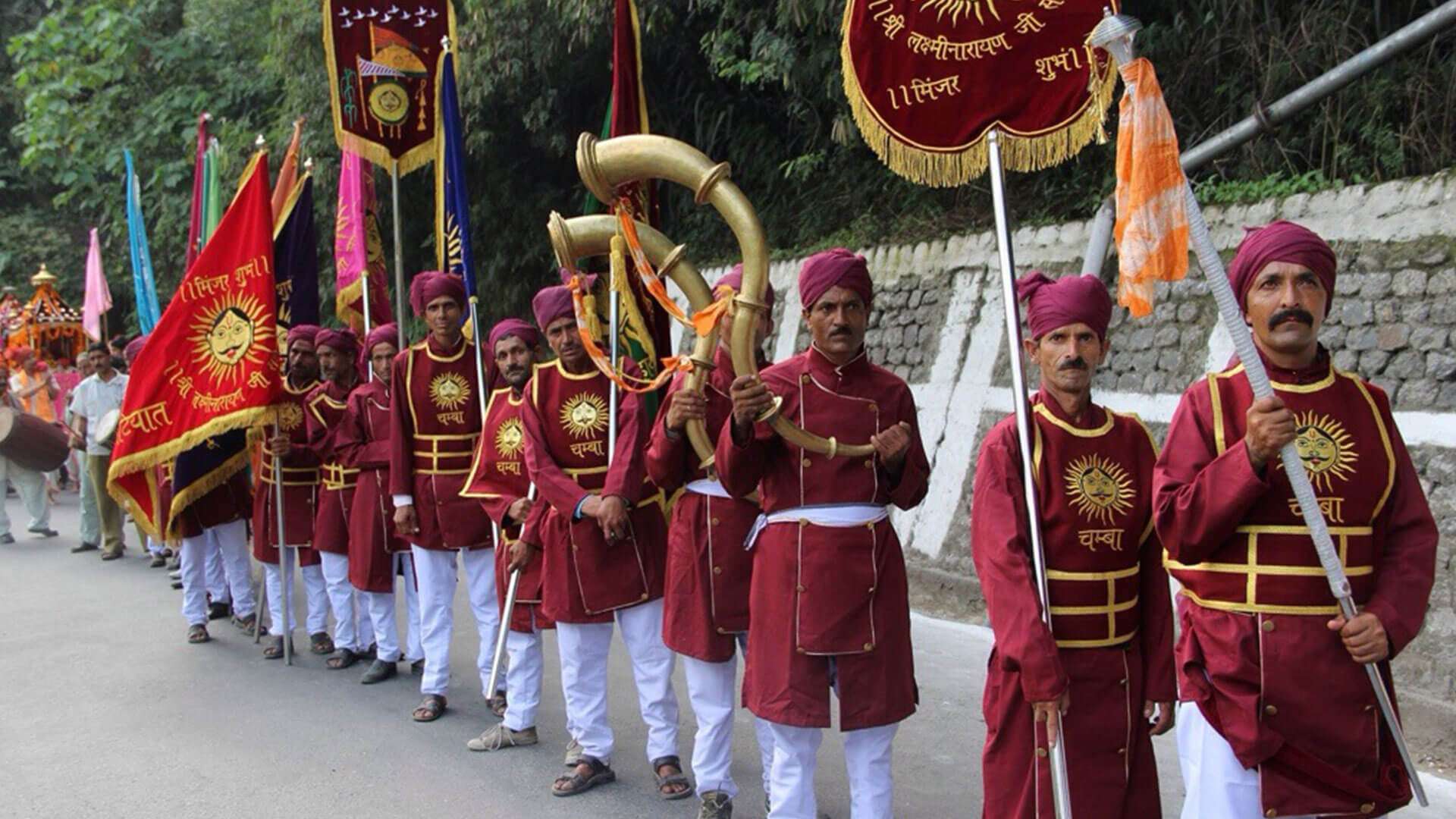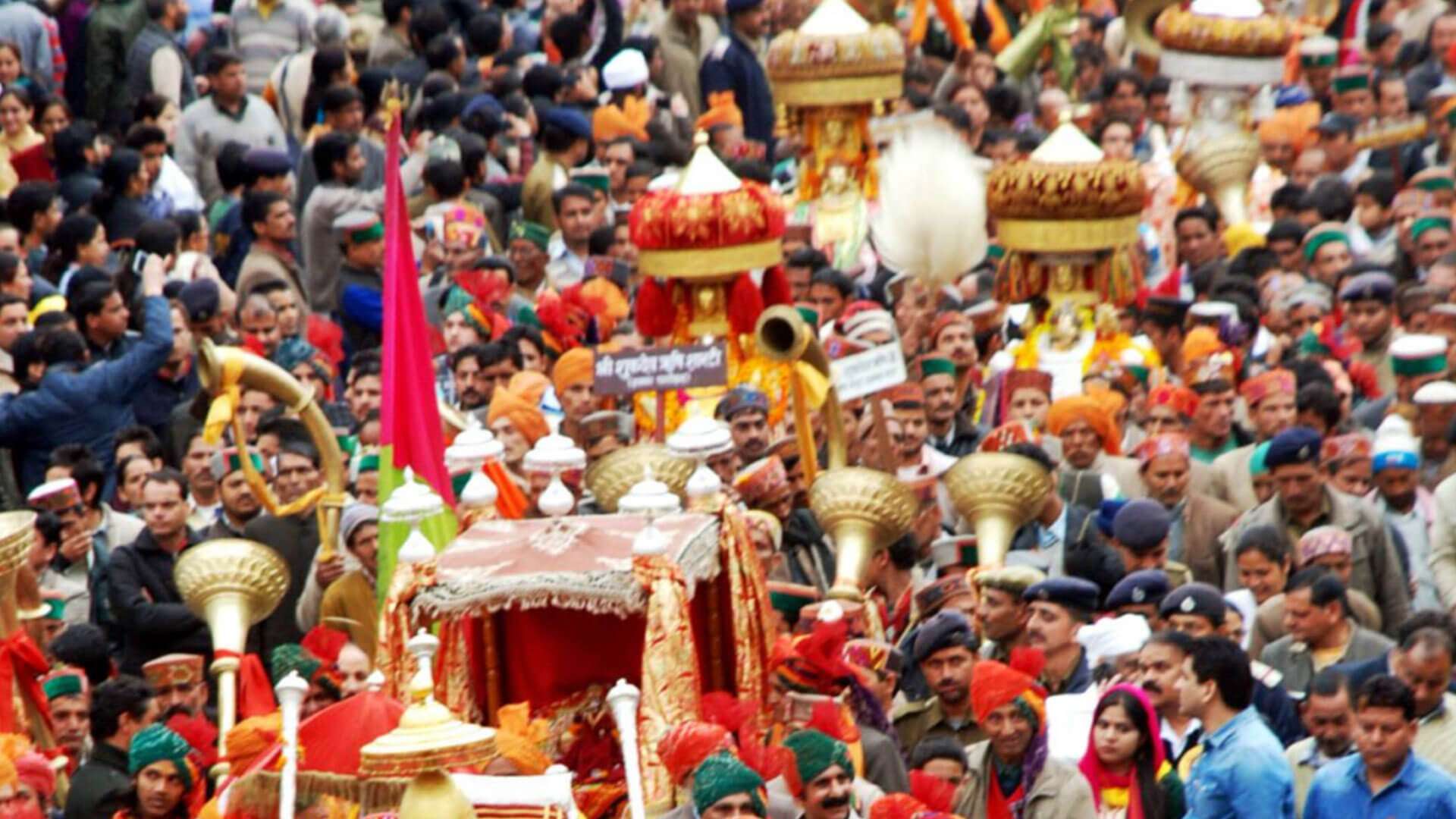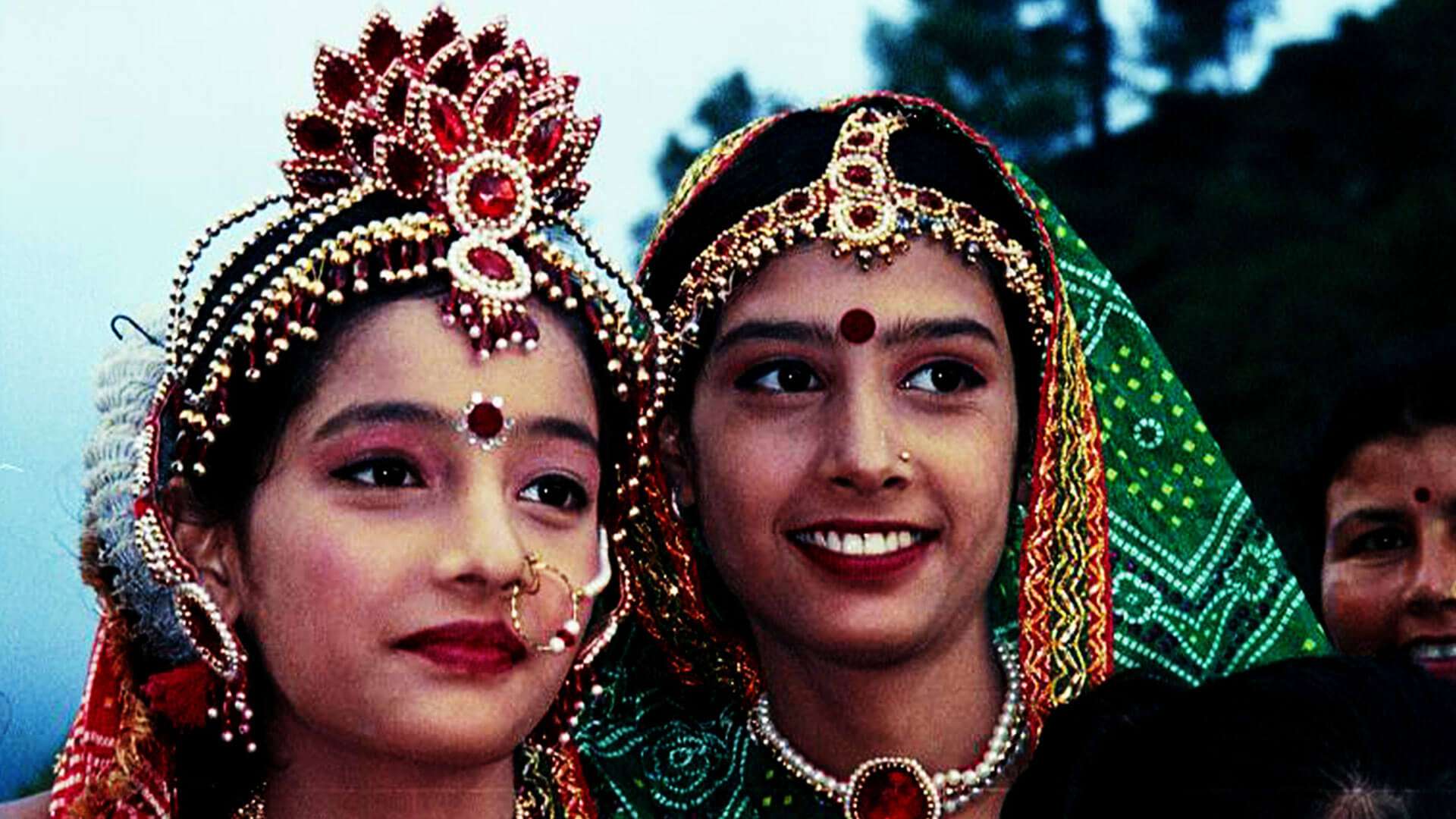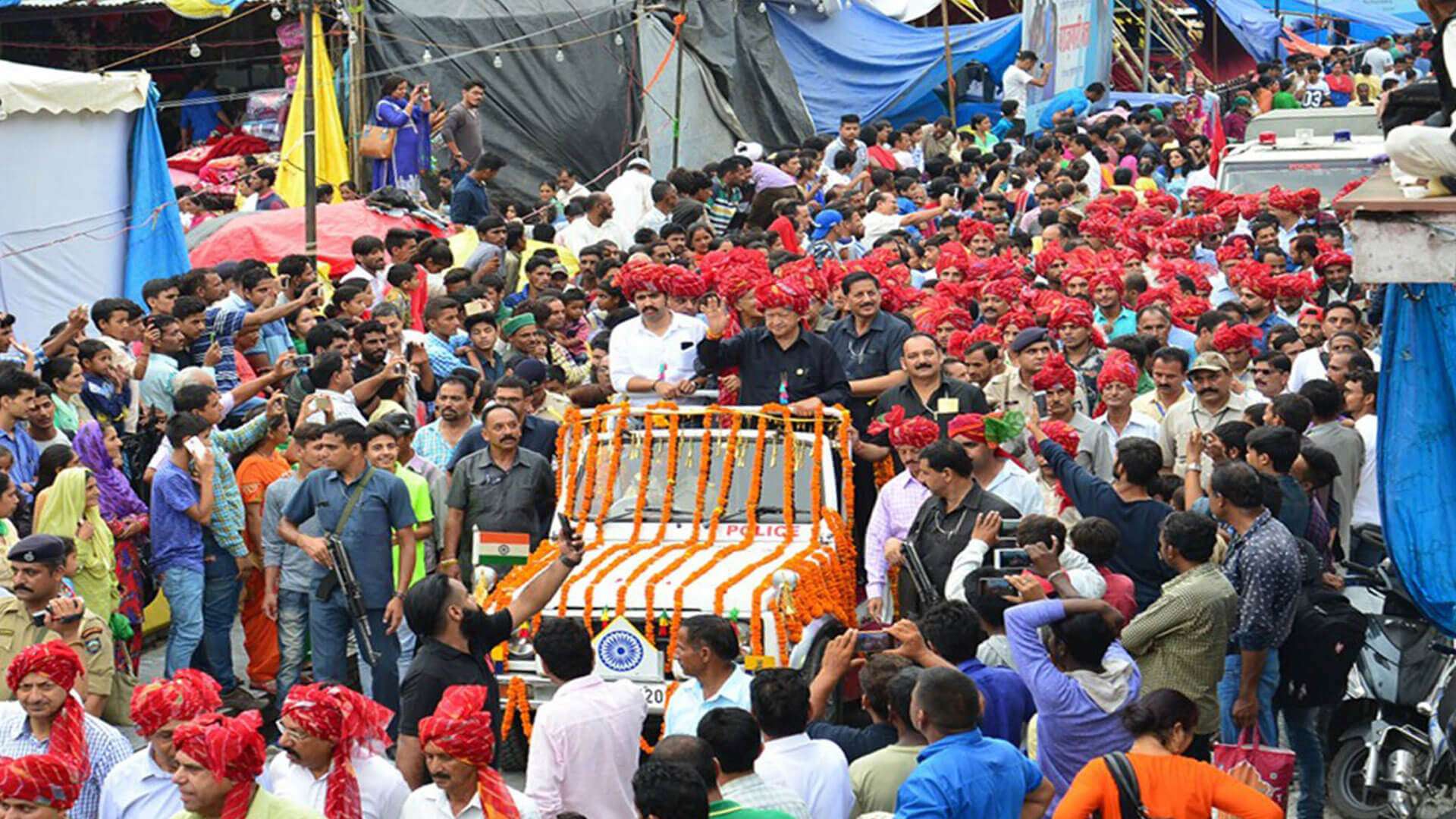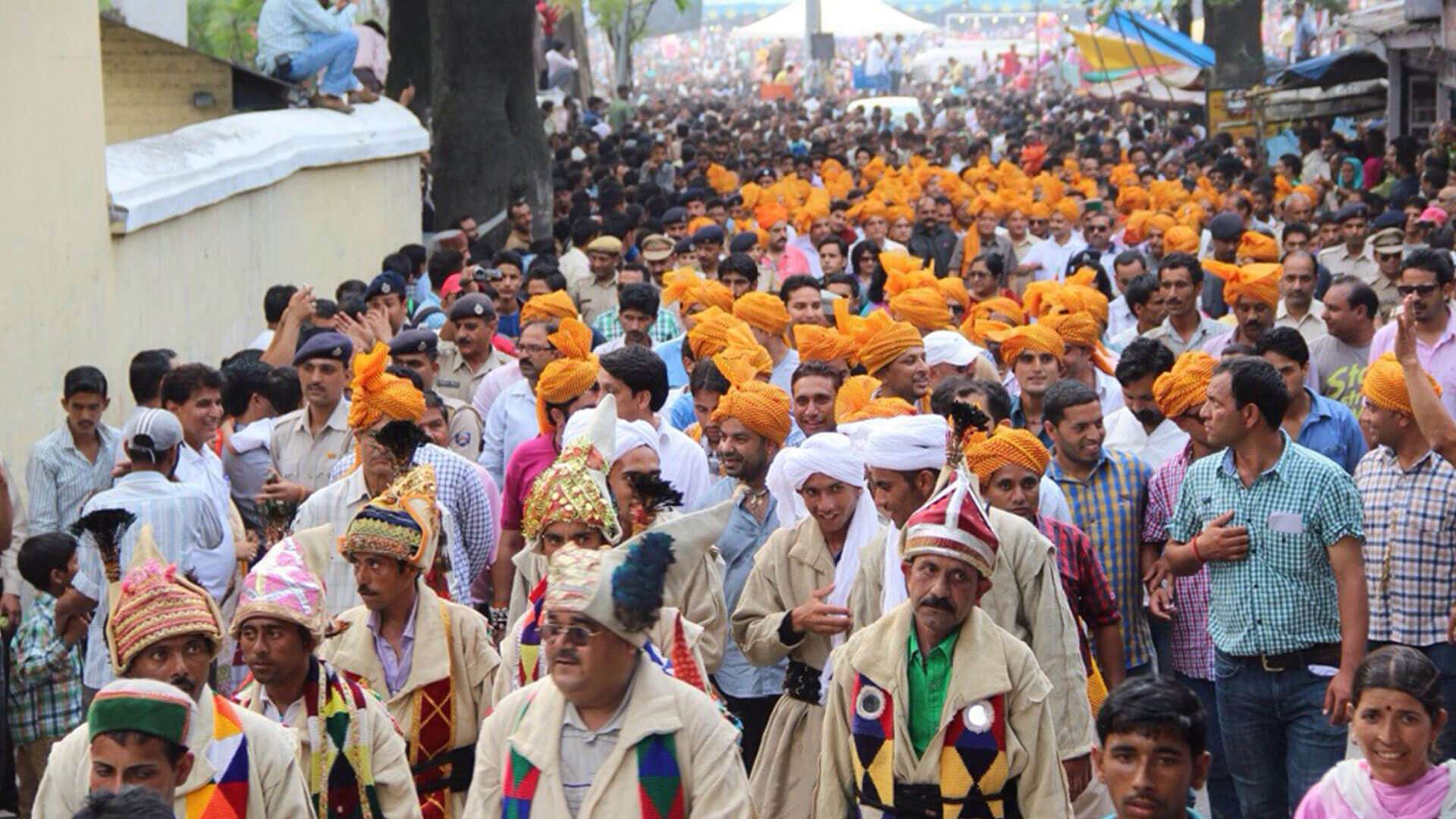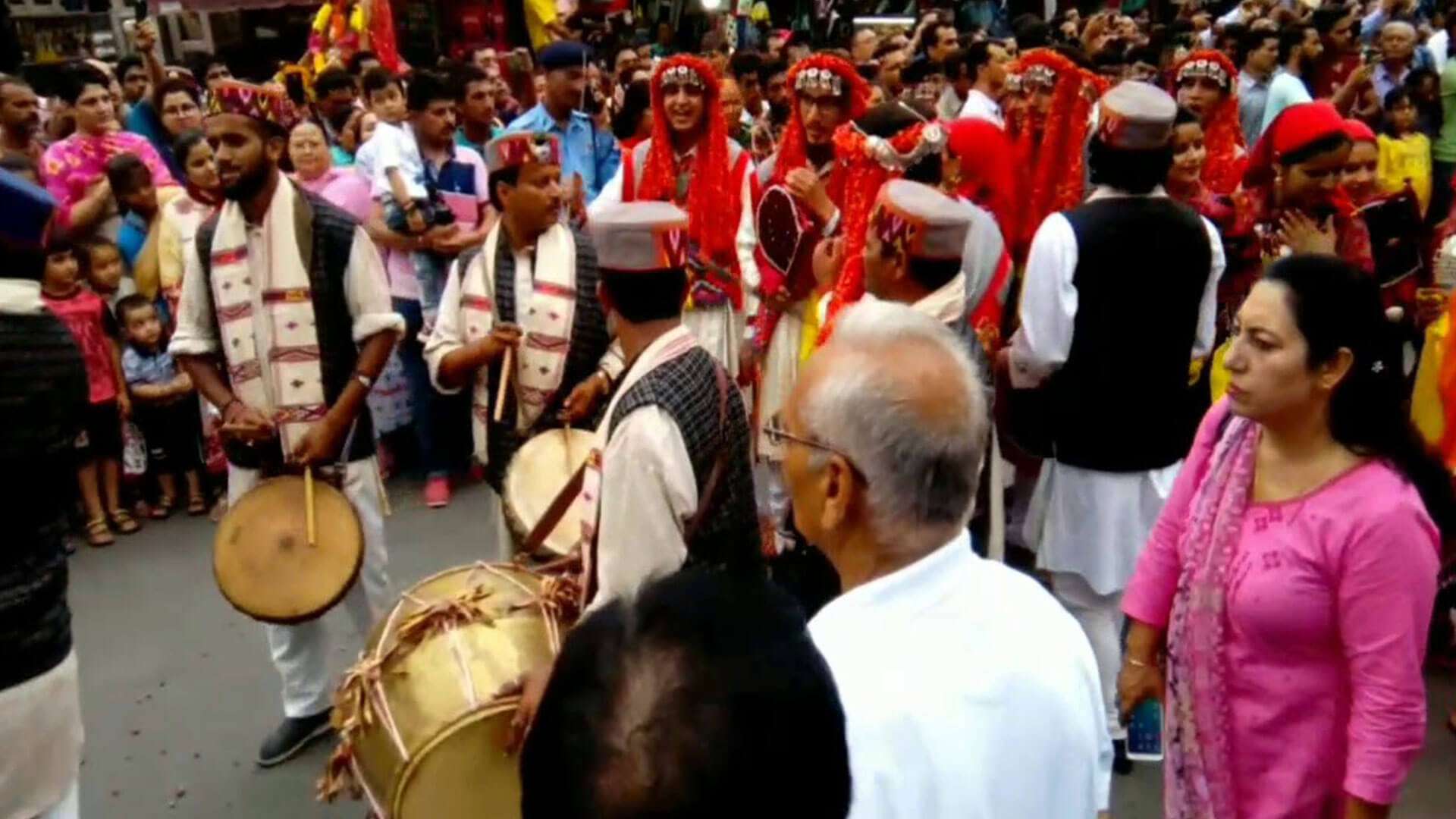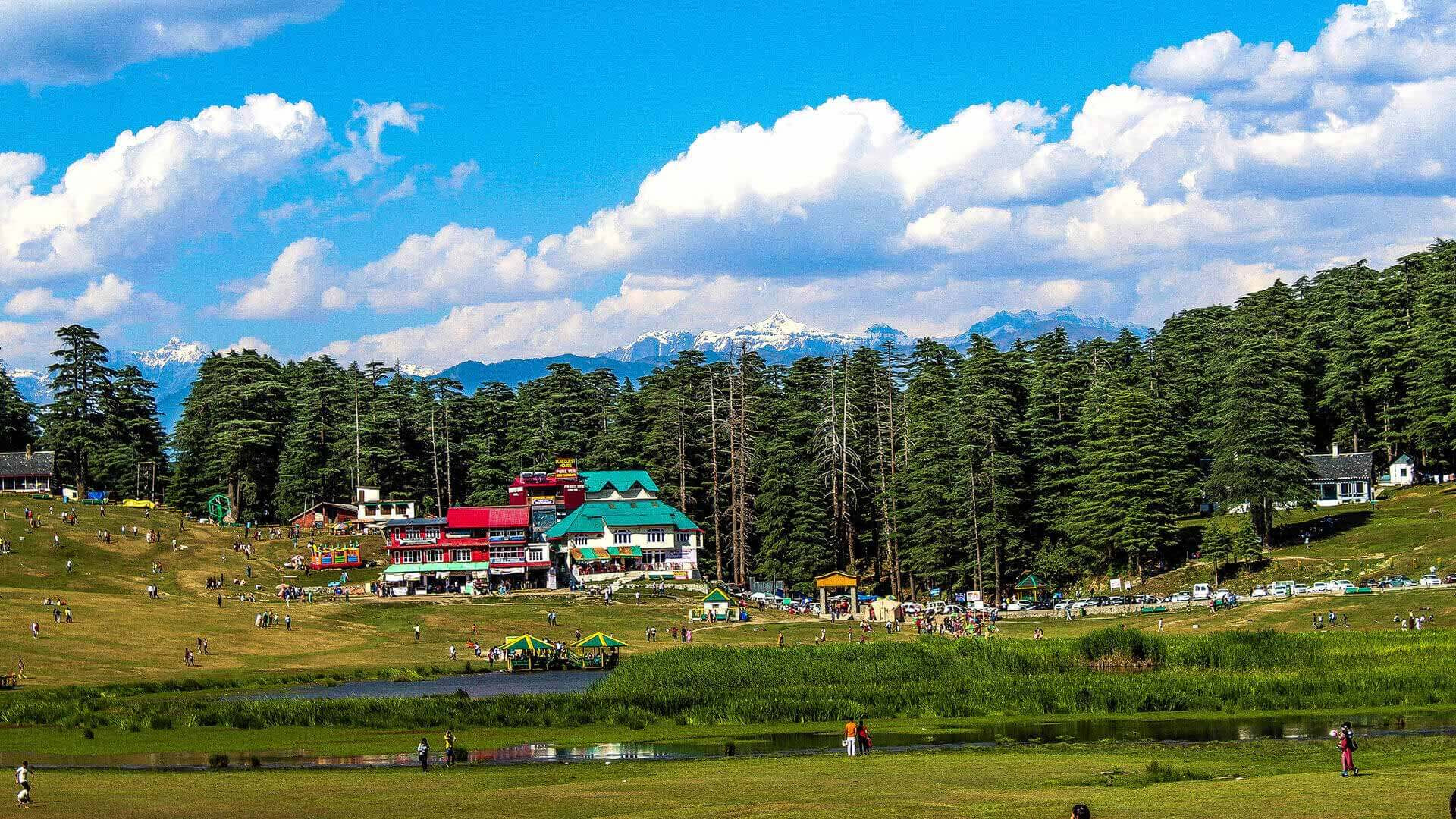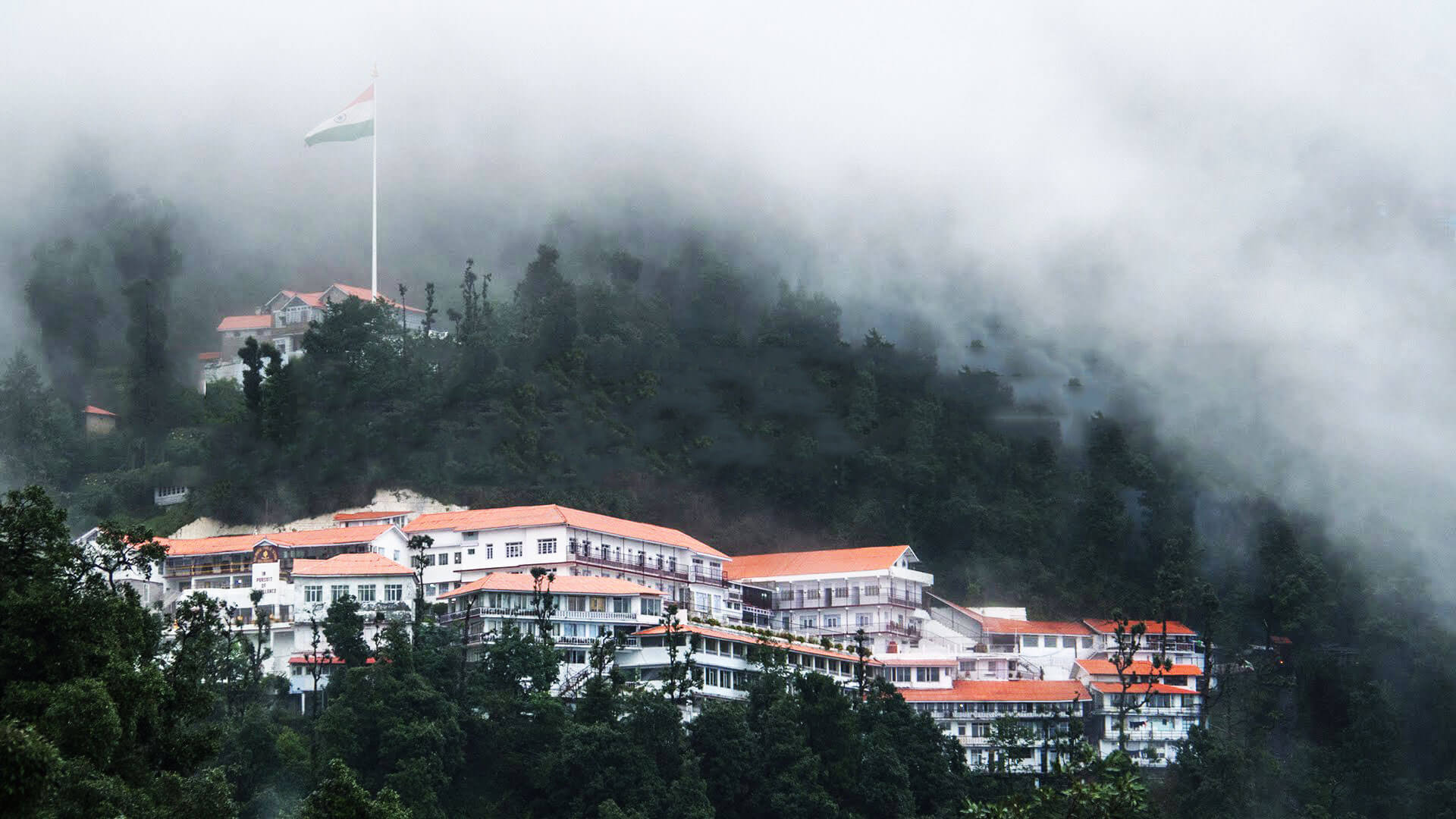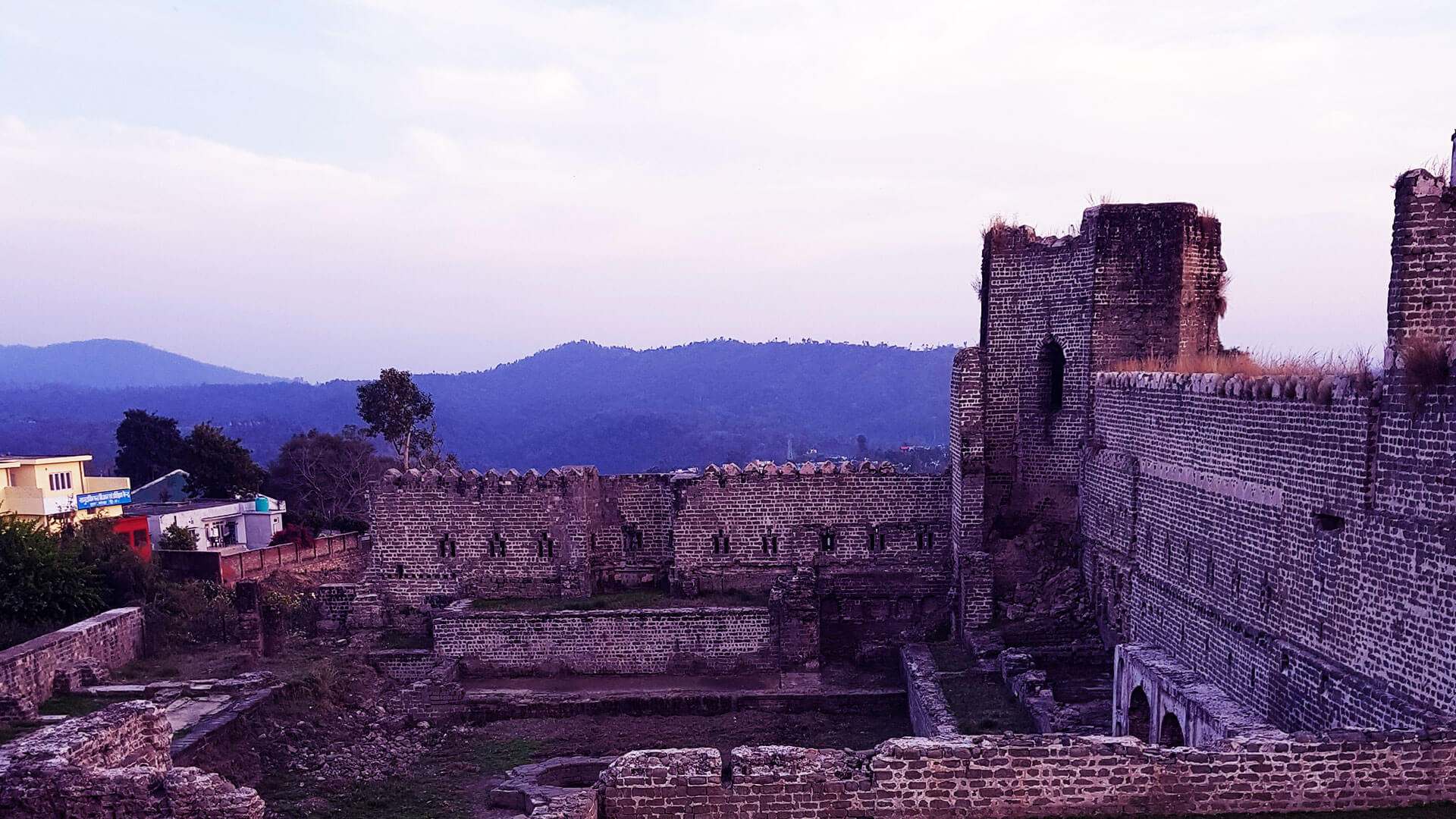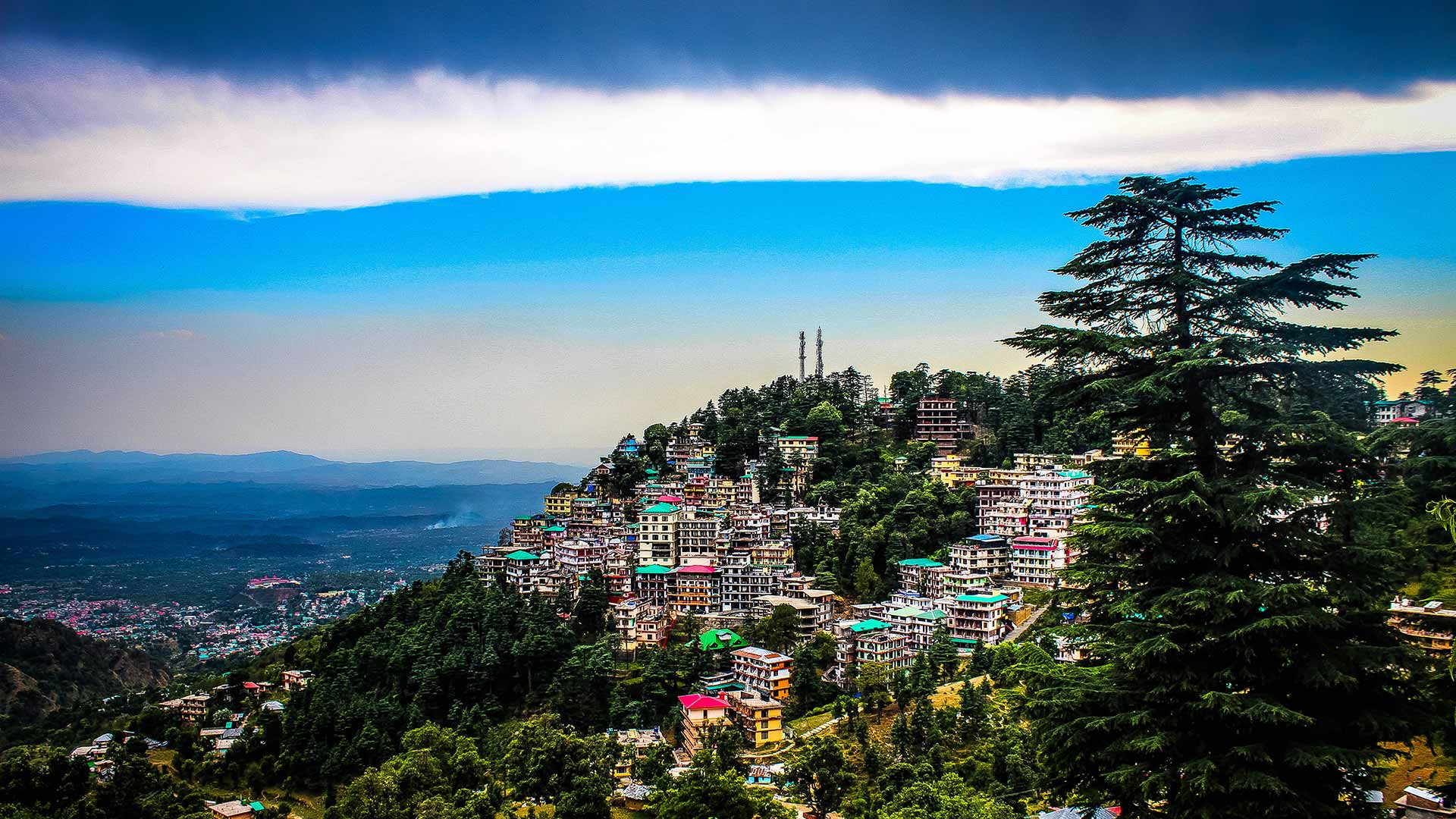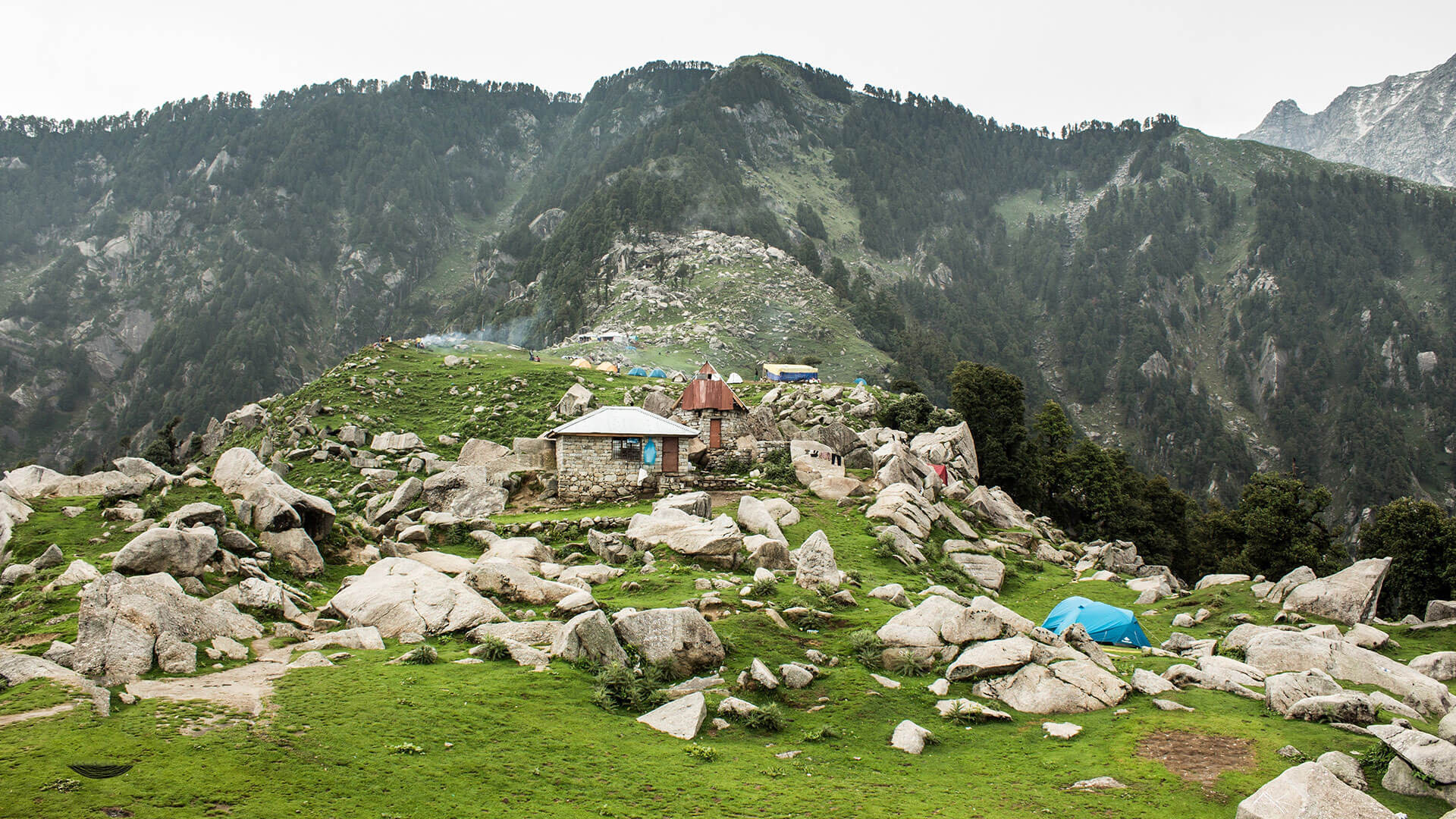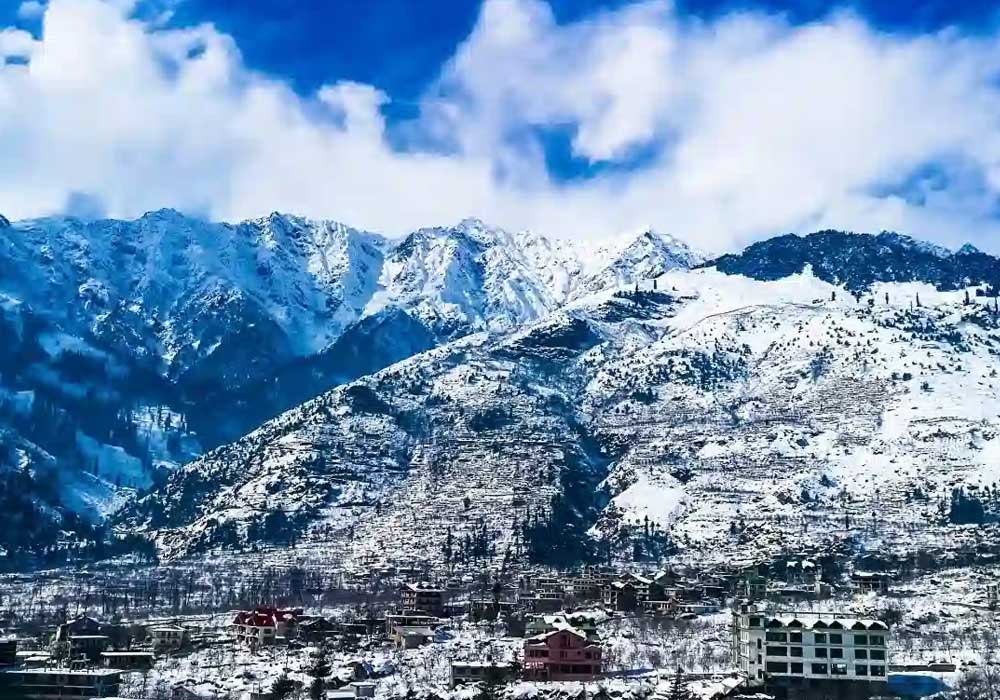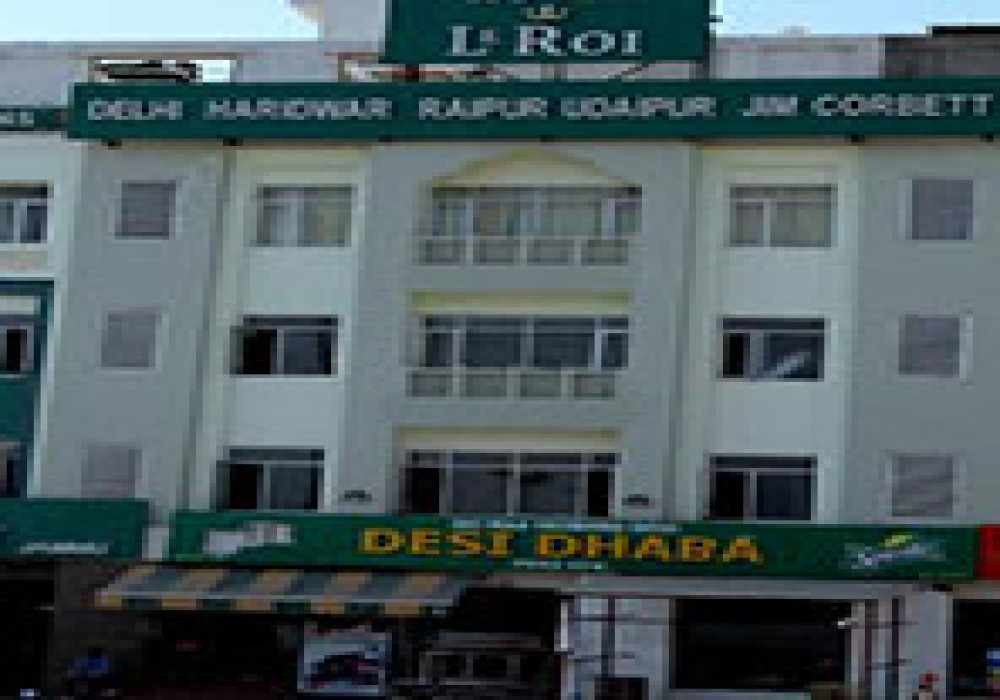Are you ready to immerse yourself in the vibrant and colorful culture of Himachal Pradesh? The Minjar Fair, a week-long celebration filled with enthusiasm and joy, takes place in the picturesque Chamba Valley, typically during the months of August or September. This cherished event is deeply rooted in the region’s traditions, offering locals an opportunity to express gratitude to the gods for a fruitful harvest while seeking blessings for prosperity in the coming year. For visitors, the Minjar Fair provides a unique and captivating glimpse into the heart of Chamba’s rich cultural heritage.
The fair brings the valley to life, as the entire community comes together to participate in a celebration that is as spiritual as it is lively. Traditional folk music fills the air, accompanied by energetic dance performances and vibrant processions that wind their way through the town. The sight of people dressed in colorful attire, carrying offerings and performing rituals, creates an atmosphere of festivity that is both electrifying and deeply meaningful.
The origins of the Minjar Fair can be traced back centuries, and the event holds great symbolic significance. The highlight of the fair is the Minjar, a small sheaf made of golden silk and paddy wrapped in red cloth, which is offered to the gods along with seasonal fruits, a coin, and coconuts. These offerings represent gratitude for the season's bounty and hope for future blessings. This act of giving thanks reflects the agricultural roots of the festival, where the community acknowledges the importance of the land and its yields.
Visitors to the Minjar Fair will be treated to a feast for the senses, from the vibrant colors that adorn the valley to the lively sounds of traditional instruments and the intoxicating aromas of local cuisine. Whether you're a cultural enthusiast or simply looking for a unique experience, the Minjar Fair offers an unforgettable opportunity to witness the deep-rooted customs of the Chamba Valley. So why not join in the festivities and explore the enchanting world of the Minjar Fair? It’s a celebration of life, gratitude, and community that will leave you with memories to cherish for years to come.
History of Minjar Fair
The Minjar Fair is celebrated since 935 AD as a way to commemorate the victory of Chamba’s Raja over that of Trigarta. It is said that on his return, people greeted him with sherfs of maize and paddy, as a gift to symbolise happiness and prosperity. Since then, Minjar Fair is held in the same vein of continuing wealth and blessings. Earlier, a buffalo was also used to be sacrificed but that practice is discontinued now.
There are also some other heartwarming tales of how the Minjar Fair started.
There’s a story of an old lady who once wanted to meet the King. She didn’t have much money and couldn’t afford a gift for the King. All she had was a humble Maize flower and she took it along and went to see the King. Humbled by the purity of the gift and a heart filled with love, the King was moved to tears and he declared the day to be celebrated in honour of the selfless gift the lady brought for him - the Maize Flower. From that day on, the day is revered as Maize day or Minjar day.
Another anecdote from the locals talks about the colourful Minjar woven by the Banarasi Brahmins. That’s where the festival gets its name from. The story goes on about the River Ravi flowing between the two famous temples of Chamba - Champawati and Hari Rai Temple. The might of the river was so strong that people couldn’t go across. On the behest of the King, a yajna was performed by a saint for seven days where Banarasi Brahmins were called upon. They wove a colourful sacred cord known as Minjar. Post the yagna, the river is said to have changed its course.
Major attractions of Minjar Fair
1. A Colourful Celebration
The distribution of the colourful silk tassels or Minjar announces the start of the festival. The whole town blooms into a colourful assortment of intermingled traditions. Of the seven days till which the festival is celebrated, the third day sees the most amazing of rituals associated with the festival. The locals mingle with the dancing troupes and march from Akhand Chandi Palace.
2. The Offerings
The crowd flanks the procession by tossing items of religious sanctity into the river. It has everything from coconuts, coins, seasonal fruits, and, of course, a Minjar wrapped in red cloth - all this is done as an offering and showing respect to the life-giving waterbody. The rhythmic notes of the Kunjari- Malhar, the leaves of Betal, and the fragrance of Itra wrap up the third day of the festival. The procession is carried on a large scale and continues for a week with maize at its epicentre treated as a symbol of faith in God.
How to reach Minjar Fair
Chamba is a must-visit if you want to experience the ancient temples of Himachal Pradesh, edifices, and caves and get to know many more interesting things about Indian history. It is located at an approximate distance of 579, 1,991, 2,102, 2,754 km from Delhi, Mumbai, Kolkata, and Bengaluru respectively. Here is how you can travel to Chamba by the following means of public transportation.
By Air
The nearest airports are Kangra Airport (DHM) and Pathankot Airport (IXP) situated (approx) 125 and 100-120 km respectively. Depending upon your convenience, you can consider deboarding at one of the airports. It is best advised to take connecting flights from Delhi or Chandigarh to reach here. From the airports, you can easily take a cab or some other means of public transportation to travel further.
By Train
For planning a trip by train, you will need to deboard at the Pathankot Railway Station (PTK). It is situated at an elevation of about 331 metres and connects nearby regions fairly well. From Chamba, it is situated at a distance of about 100-125 km. Thus, after you deboard at the station, consider taking some means of public transportation to reach Chamba. For instance, you can easily avail a taxi from the station and on average, it might take you about 4 hours to reach here by road.
By Road
Depending upon your location, you can consider travelling to Chamba by motorable roads as well. Interstate buses of HRTC (Himachal Road Transport Corporation) are readily available and travel to and fro other cities on a frequent basis. Otherwise, you can also book a private bus or if want to travel in a more remote manner then, you can book a private cab or self-drive here.
- From Dharamshala - 136 km via NH154
- From Palampur - 162 km via NH154
- From Gurdaspur - 143 km via NH54
Conclusion
The Minjar Fair stands as a testament to the enduring spirit and heritage of Chamba, inviting everyone to partake in its joyous celebrations. It's an opportunity to experience the warmth of Himachali hospitality and the beauty of its traditions. As the fair concludes, participants leave with hearts full of joy and a deeper appreciation for the rich cultural heritage of Himachal Pradesh.
Plan your trip with Adotrip today. Enjoy a wealth of information, end-to-end travel assistance and BOOK Flights, Hotels, and Tour Packages under one roof.
With Adotrip, nothing is far!
Frequently Asked Questions About Minjar Fair 2024
Q1: What is the Minjar Fair?
A1: The Minjar Fair is a week-long festival in Chamba valley, Himachal Pradesh, celebrating the agricultural bounty and cultural heritage.
Q2: When is the Minjar Fair held?
A2: It's celebrated annually in August or september, marking a time of joy and festivity in the Chamba valley.
Q3: What are the main attractions of the Minjar Fair?
A3: The fair features folk singing, dancing, and processions, along with offerings to the gods for a good harvest.
Q4: What do people offer during the Minjar Fair?
A4: Offerings include seasonal fruits, a rupee, a Minjar (golden and paddy silk), and coconuts as tokens of gratitude and hope.
Q5: Why is the Minjar Fair important?
A5: It's a cultural cornerstone for the Chamba valley, reflecting the community's gratitude towards the gods and celebrating the region's heritage.

